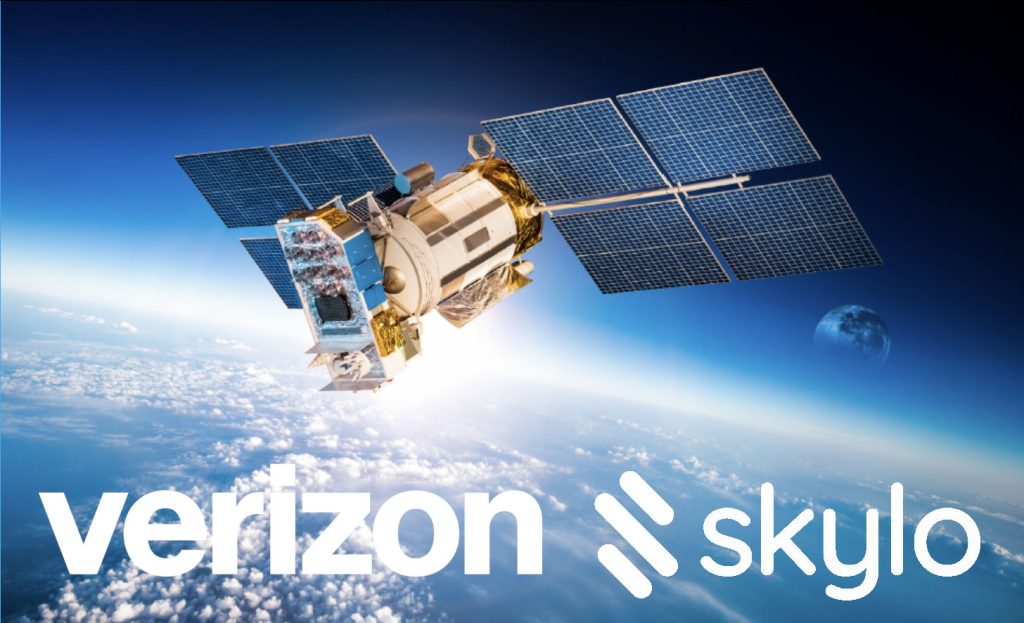
Verizon has announced a partnership with satellite network provider Skylo to introduce a new direct-to-device messaging service.
Availability
Starting this fall, Verizon customers with compatible smartphones that have support for NTN satellite communications will be able to send and receive emergency messages and share their location even when outside cellular coverage. Next year, the service will expand to include regular texting via satellite.
Smartphone companies adopting Satellite Messaging
Google recently announced a partnership with Garmin and Skylo to bring the Satellite SOS feature on Google Pixel 9 smartphones in the U.S., and it uses Skylo’s non-terrestrial network radio access network (RAN) that connects with Echostar, Viasat, Ligado Networks, and TerreStar satellites directly to offer the service.
Qualcomm Snapdragon X80 5G Modem that was introduced at the MWC earlier this year features support for NB-NTN satellite communications, and we can expect this in the Snapdragon 8 Gen 4 SoC launching in October.
Samsung has been testing 5G NTN modem tech for Smartphone-Satellite Communication, and the upcoming Galaxy S25 series should include the tech.
Benefits of Skylo’s Satellite Messaging and Enterprise Applications
Skylo’s satellite network provides coverage in areas where traditional cellular networks are unavailable, ensuring customers can stay connected in remote or rugged locations.
Verizon said that it is the first carrier worldwide to offer this type of supplemental smartphone connectivity and the first to launch a commercial direct-to-device satellite messaging service.
In addition to consumer messaging, Verizon and Skylo are also working on satellite IoT solutions for enterprise customers. These solutions can be used for various applications such as asset tracking, environmental monitoring, and agriculture.
Commenting on this, Srini Kalapala, Senior Vice President of Technology and Product Development for Verizon, said:
Verizon has been driving innovation in the use of supplemental satellite capabilities for years, using satellite connections for cell tower rapid deployments, emergency response and temporary solutions. We are encouraged by the progress being made in satellite to device communications for consumers and are equally excited to be driving technical innovation trials in the space of satellite IoT solutions.
Verizon’s network boasts an exceptionally large terrestrial cellular network and covers more than 99% of the population in the United States. However, there are occasional enterprise needs for IoT devices in places where people don’t live or regularly visit. Satellite IoT in combination with Verizon’s terrestrial assets creates the perfect combination for IoT solutions in the most remote parts of the country and over land, air and sea without having to use a separate physical device.

